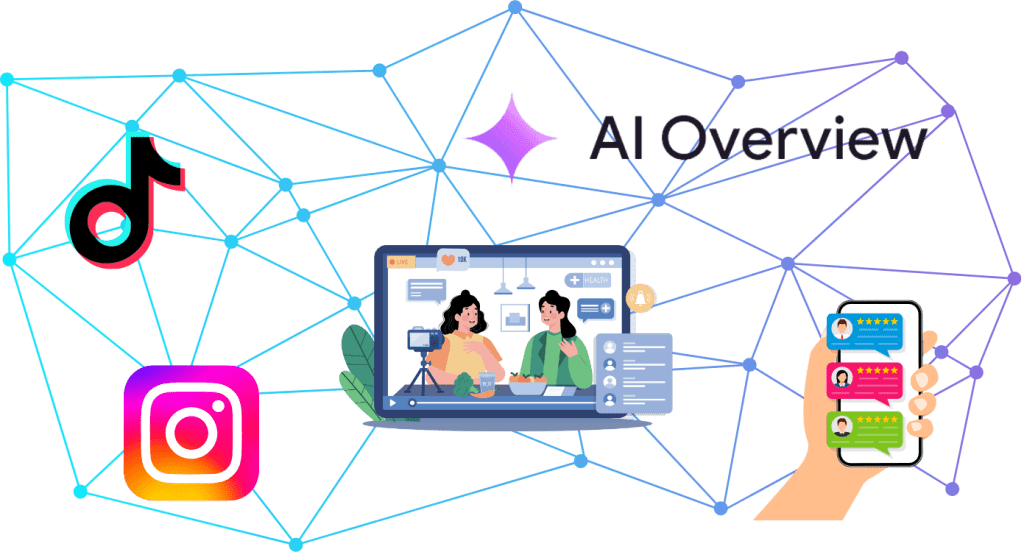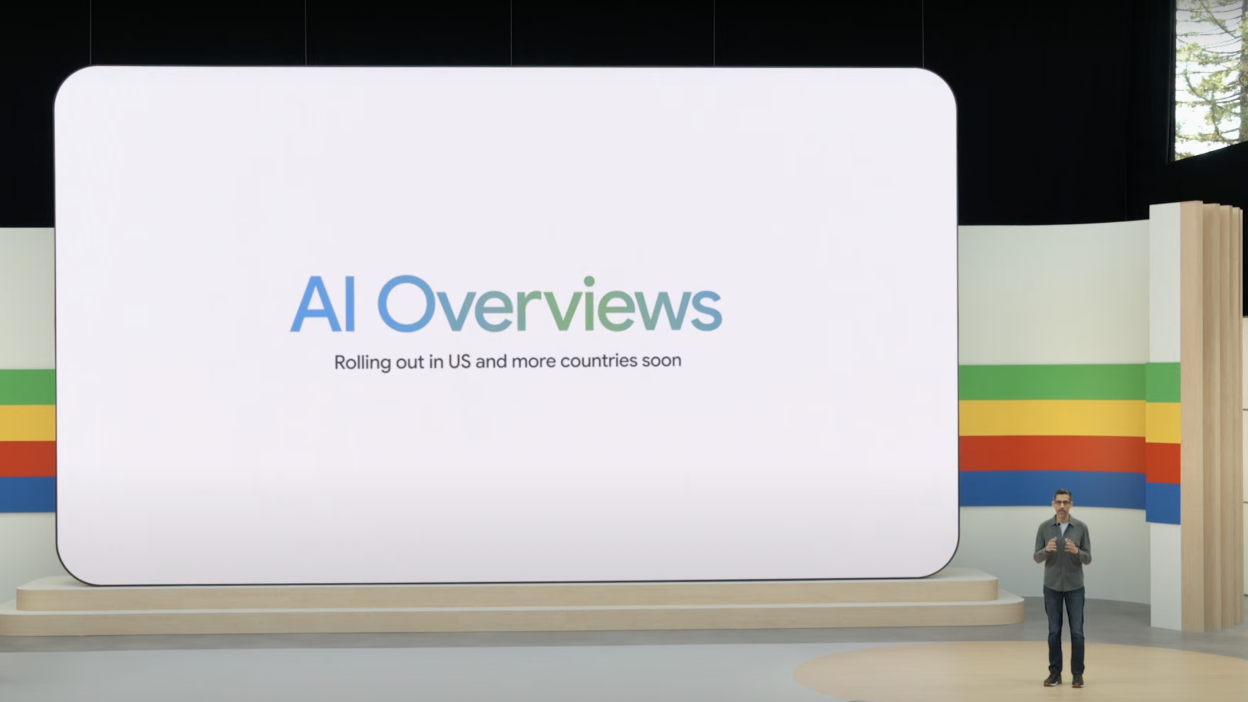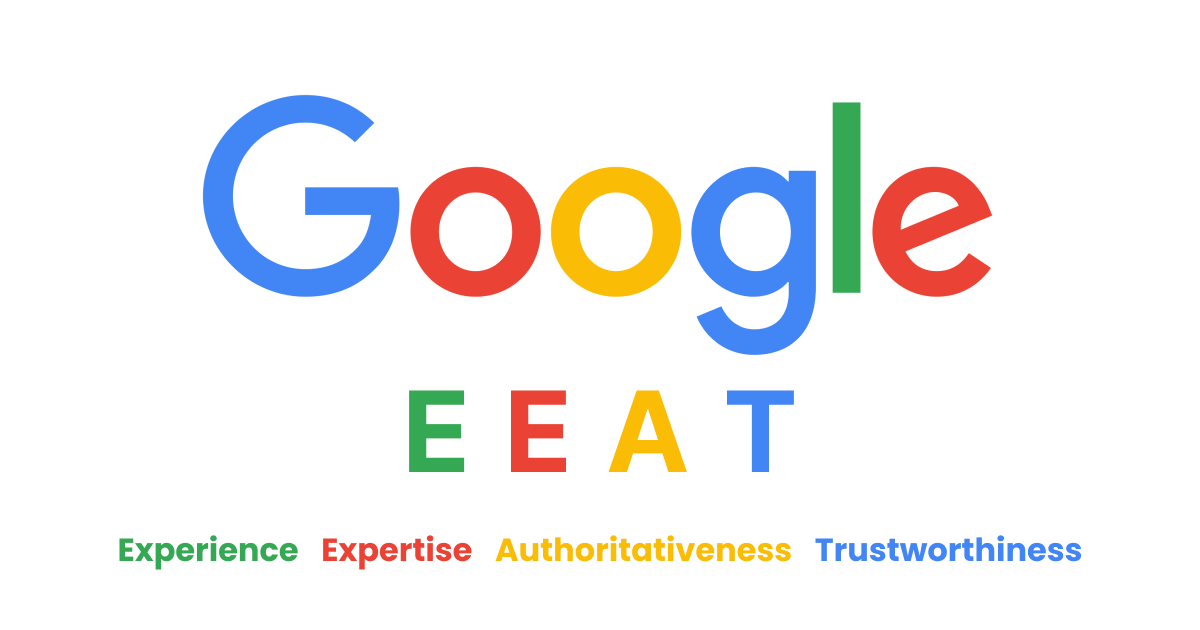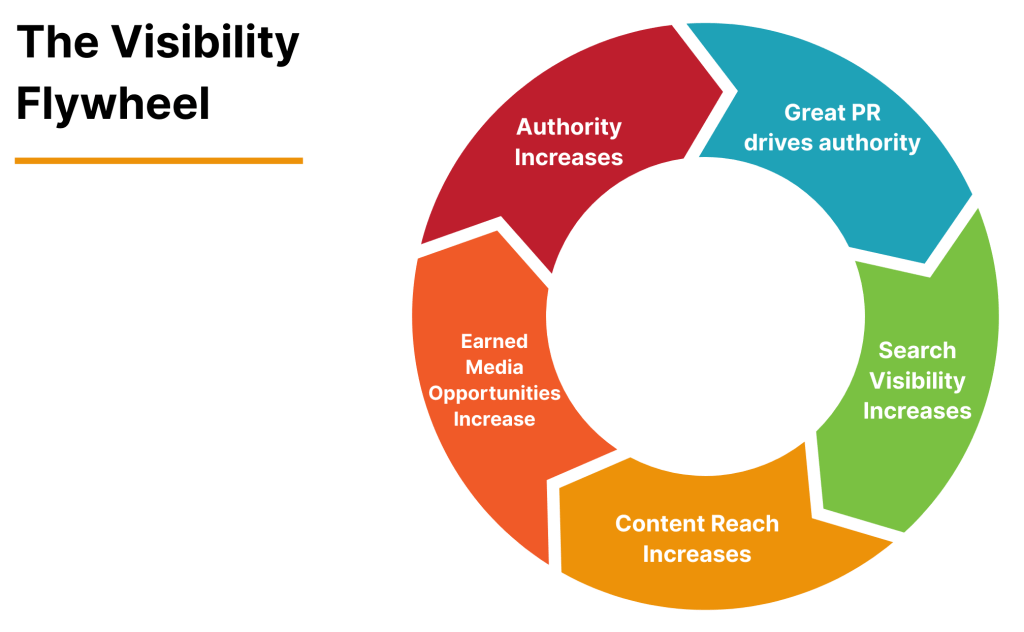When PR Meets Growth: Rewriting the Rules of Digital Impact
Why the traditional funnel is breaking down and how the convergence of digital PR, SEO, and authentic storytelling is creating the new blueprint for sustainable brand growth.
The marketing funnel as we know it is having an identity crisis. For years, we’ve neatly compartmentalised our strategies:
PR lived at the top, driving awareness and brand building, while performance marketing owned the bottom, focused solely on conversions and ROI.
However, I truly believe, If the changes of the last two years and the ones still unfolding aren’t embraced, rigid separation will continue to hold brands back from their true growth potential.

The digital world has fundamentally shifted how people discover, research, and choose brands. Today’s consumers don’t follow linear paths from awareness to purchase.
They’re influenced by AI overviews, discover brands through TikTok trends, validate choices through expert reviews, and make decisions based on a complex web of touchpoints that traditional attribution models simply can’t capture.
This is where the real opportunity lies, not in choosing between brand building and growth driving, but in understanding how they’ve become beautifully, inextricably linked.
The Evolution of Digital PR: Beyond Traditional Boundaries
“Public relations is all about reputation, the result of what you do, what you say, and what others say about you” – John Ronson
Let’s be honest about what digital PR really is, because it’s not just traditional media relations with a digital twist. True digital PR has evolved into something much more powerful, a strategic blend of storytelling and structured searchability that creates authentic connections while driving measurable business impact.
When I talk about digital PR, I’m describing an approach that weaves together emotional resonance with technical optimisation. It’s about crafting stories that journalists want to tell, audiences want to engage with, and crucially that AI systems can understand, cite, and recommend.
This shift matters because we’re living in an era where visibility without credibility is worthless, and credibility without discoverability leaves even the best brands struggling to grow.
The New Growth Funnel: Where Authenticity Meets Algorithm
The traditional three stage funnel is being replaced by something more nuanced and interconnected. As an agency we focus on how brands are creating sustainable growth across every touchpoint:
- At the Notoriety Stage, we’re not just seeking coverage we’re creating emotional connections that stick. This means hero storytelling that captures attention on platforms like TikTok, broadcast PR that generates genuine buzz, and campaigns that people remember long after the initial impression. The goal isn’t just reach; it’s meaningful brand recall that influences future decisions. That’s marketing that moves messaging that moves emotion.
- In the Visibility Stage, the magic happens when discoverability meets credibility. This is where SEO backed content, strategic backlinks, and structured data work together to ensure your brand appears not just in search results, but in AI overviews and voice search responses. When someone asks their smart speaker for recommendations in your category, you want to be part of that conversation.
- At the Conversion Stage, moving beyond traditional bottom funnel tactics to include expert reviews, third party endorsements, and product led content that actually drives action. This isn’t about pushing for the sale it’s about providing the information and social proof that helps people feel confident in their decision to choose you.
The AI Revolution: Why Traditional Metrics Are Changing
Here’s something that might surprise you:
AI overviews now appear in 55% of Google searches, and they’re appearing above paid ads. This isn’t a future trend, it’s happening right now, but for how long, Google have recently advised that ads will be placed within the AI overviews. But this does not change how we need to think about visibility and growth.
I’ve seen this transformation first hand with our clients. One recent project achieved AI overview visibility within hours rather than the months traditional SEO typically requires. But here’s the key this wasn’t luck. It was the result of building genuine authority through consistent, expert driven content that AI systems could recognise as trustworthy.
This shift toward AI powered search results means that the old metrics of success, click through rates, position rankings, impression share are evolving. Now we need to think about citation frequency, content authority signals, and how well our expertise translates into algorithmic trust.

Building Authority in the Age of Authenticity
In a world increasingly filled with AI generated content, authenticity has become more valuable than ever. The brands that are winning aren’t just creating content, they’re creating content that demonstrates genuine expertise and builds real authority in their space.
This is where the convergence of PR and SEO becomes powerful. You can’t rank without authority, and you can’t build authority without earned media and genuine thought leadership. The technical aspects of SEO, site structure, page speed, keyword optimisation remain important, but they’re no longer sufficient on their own.
What matters now is E-E-A-T: Experience, Expertise, Authoritativeness, and Trustworthiness.
These aren’t just ranking factors. they’re the foundation of sustainable growth in a digital world where consumers have endless options and decreasing attention spans.

Social Platforms as Growth Accelerators
Different social platforms now influence different stages of the growth journey, and understanding this ecosystem is crucial for brands looking to maximise their impact.
TikTok excels at creating that initial spark, the moment when someone discovers your brand and feels compelled to learn more. Travel brands have mastered this, tapping into hashtags like #TravelTok to inspire early desire and drive exploration.
Instagram and Pinterest serve the middle ground beautifully, allowing brands to reinforce their story and help potential customers understand who they are and why they matter. This visual storytelling creates the kind of brand familiarity that makes people more likely to choose you when they’re ready to buy.
LinkedIn, YouTube, and trusted review sites provide that crucial bottom funnel credibility. Expert positioning, testimonials, and detailed case studies give people the confidence they need to move from consideration to commitment.
The brands doing this exceptionally well think of how food and travel companies create integrated experiences from inspiring TikTok videos to link rich blog content to compelling review placements understand that each platform serves a different purpose in the overall growth strategy.
Measuring Growth in the New Landscape
The question we need to ask ourselves is “How do we measure success when everything is changing so quickly?”
My answer is that we need to think beyond traditional outputs and focus on meaningful outcomes. At the top of the funnel, yes, we still care about brand impressions, media mentions and coverage volume, but we’re equally interested in sentiment analysis, share of voice and brand uplift that show real shifts in perception.
In the middle, we’re tracking referral traffic and link quality, but we’re also monitoring search position movements and, increasingly, appearances in AI overviews. These signals tell us whether our authority building efforts are translating into algorithmic trust.
At the bottom, conversions and revenue attribution remain crucial, but now we’re also drilling into platform level metrics: tracking return on ad spend (ROAS) in Meta and Google Ads, last click vs data driven attribution in GA4, and conversion rate by landing page or campaign. We’re connecting the dots across CRM, analytics, and media platforms to see not just what converts but what drives sustainable growth.
Our success measurements from the past may not be our success measurements of the future.
The Integration Imperative
“Integrated marketing communications is a way of looking at the whole marketing process from the point of view of the customer” – Philip Kotler
In today’s digital landscape integration isn’t optional anymore. The brands that are winning are those that have stopped thinking in silos and started creating unified strategies where SEO, PR, social, and paid media work together seamlessly.
When you design campaigns that fuse these elements, you create something powerful: wider reach across multiple touchpoints, stronger presence in search and social, and greater trust at the moment when people are making decisions.
This integration creates the “visibility flywheel” where great PR drives authority signals that improve search visibility, which increases the reach of your content, which creates more opportunities for earned media, which builds more authority. Each element strengthens the other and each element offers the clarity and confidence the customer expects.

Looking Forward: The Opportunity in Disruption
The rapid pace of change in digital marketing can feel overwhelming, but I see it differently. While everyone else is scrambling to adapt, there’s a massive opportunity for brands and agencies that can master this new landscape to capture market share from slower moving competitors.
The businesses that will thrive in 2025 and beyond are those that understand search isn’t just about being found, it’s about being trusted, cited, and recommended by AI. They’re the ones rethinking PR not just as a communications function, but as a core growth strategy.
This convergence of disciplines PR, SEO, content, and performance marketing isn’t just a trend, it’s the new foundation of how brands build meaningful, sustainable growth in a digital first world.
The question isn’t whether this shift is happening. It’s whether you’re ready to lead it.



